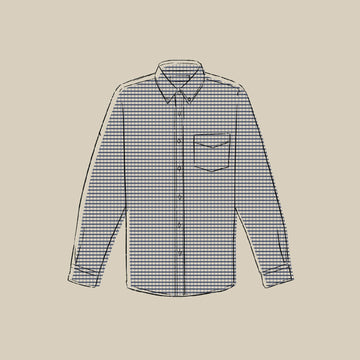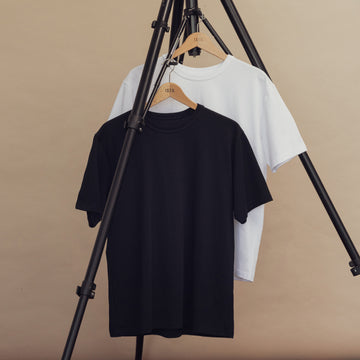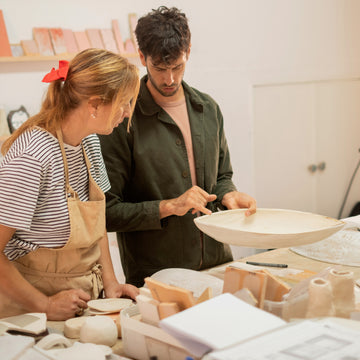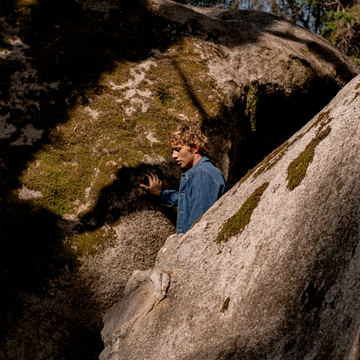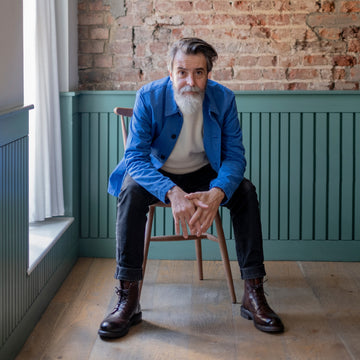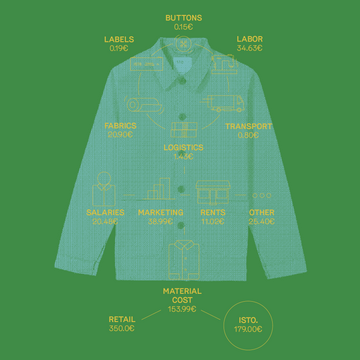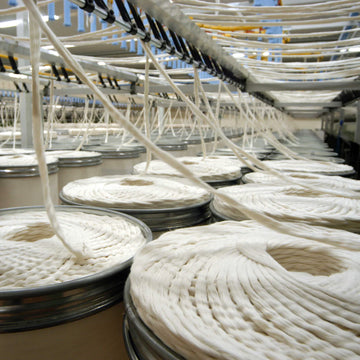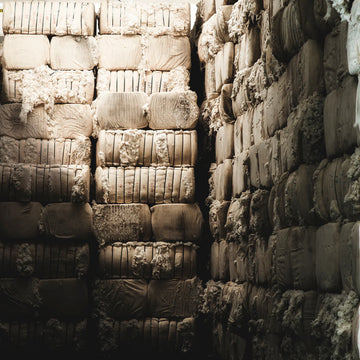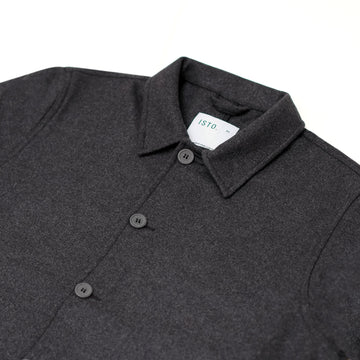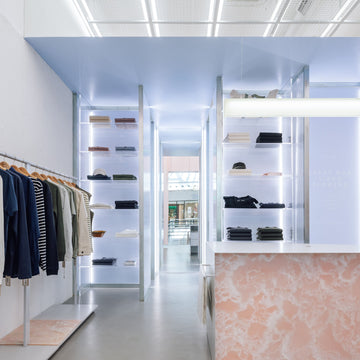MAGAZINE
RIKESH CHAUHAN
ISTO. London Series: Rikesh Chauhan – Photographer & Writer
First of all, can you tell us a little bit about yourself; where you're based, why you chose to work in the fashion industry and what excites you about it?
So, I'm a singer-rapper, photographer and menswear writer based out in east London and I got into menswear through music. When I was working on records, I was quite particular and liked to do as much of everything as I could — from writing my own press releases, shooting my own videos et cetera. I joined a creative agency in East London and my style of photography suited fashion brands at the time. After a few years of honing my skills, I joined Turnbull & Asser as their in-house photography and social media manager which was my proper introduction to the industry. I worked for The Rake Magazine after that, and have since gone freelance.
How have you been getting on with your ISTO. pieces since our shoot? Have you taken them on holiday or been wearing them almost daily? Tell us what you've been up to with them.
I've taken my green linen shirt abroad to a couple of places now — Florence for Pitti Uomo and Chennai for a family trip. Both locations were +30 degrees and the shirt held up well! The chore jacket I've also worn around town before the heatwave and am looking to break it out again come autumn. My favorite piece, ironically, is the one I've not had the chance to wear as much given the hectic travel schedule and soaring temperatures — the corduroy trousers. But, they're primed and ready. Since our shoot, I've also bought a black linen shirt and corduroy shorts which I'm excited to try.
Is there one piece you've particularly enjoyed more than the rest and how are some ways in which you've incorporated it into your existing wardrobe?
As mentioned, the salmon cords are my favorite just because they're pretty unique. Ultimately, though, the best indication of preference is how much something gets worn, so the linen shirt is top of the pile right now. Due to the versatile color, classic silhouette and the fact it's super light, it works with pretty much any ensemble I put together.
Can you tell me about the items you brought to the shoot? Why did you choose to bring them and what do they mean to you?
The pieces I brought are some of the most beautiful, and most-worn pieces I own. The more battered they get, the more I love them. The Bennett Winch leather tote is almost an extension of myself at this point. The craftsmanship and quality of the leather are second to none. The same applies to my Black scotch grain Chelsea boots by Crockett & Jones. I used to buy boots from high street brands and found that I had to buy a new pair each winter because they'd fall apart. I finally caved and decided to invest in a pair in 2018, and I've not had to buy a pair since. Finally, the Globe-trotter suitcase. Not the most practical for the cobbled streets of Florence, but it's a beautifully photogenic conversation starter, and can handle London — most of the time anyway!
In your opinion, what are the markers of a versatile and sustainable wardrobe?
The quality of the construction, the quality of the material used, and a timeless design. If these three boxes are ticked, they'll play an integral part of your wardrobe for years, not just seasons, and will only get better with age.
What advice do you have for someone who's wanting to build a more sustainable wardrobe? Where do they start?
Look to your staple items and invest in them. A good pair of boots. A bag. A proper coat. A couple of suits for work or special occasions. Oh, and socks. Always invest in good socks. Research brands that have a good reputation for quality and durability, because there's no point in buying things that don't last. You may have to fork out a bit more, but in the long run, it'll end up saving you money. Always look at the bigger picture. That being said, however — and this is something a lot of people will say because it's true — the most sustainable wardrobe is the one you already own.
How important is brand transparency in this day and age?
Massively important. People are more and more aware of the supply and production chain. They're savvier, and with the amount of information available to us at our fingertips, it's harder to hide things. It's also a bit shady. There's a demand for brands to be clear about their ethical standards; if you're not doing things for the good of the planet, I'd argue that your days will be numbered.
What are your major gripes with the fashion industry today and how can we go about fixing them as individuals?
It'll always be the amount of waste the industry creates. The last I read it was something along the lines of 90 million tonnes annually and is only looking to increase. As individuals, a big thing we can do here is to not buy things you're not planning on wearing again and again. And when they're getting a bit battered, to fix them, not just get rid. The less we haul, the less we horde, the more we look after our clothes, and the more we help.
What do style and dressing well mean to you?
It's a form of mental self-care for me. I found that on my lower days when I decided to deliberately take time to dress in an outfit I felt good in, it really resonated. Obviously not every single time, but gradually it really helped shift my headspace into a more positive direction. I use it as a form of expression and take pride in putting pieces together in a way that others may not necessarily think to do so, either. I like being able to spark an idea into people or give followers a source of inspiration when they think about what to wear.
Rikesh Chauhan
Go follow him on Instagram.
London, United Kingdom
Photos: James Edward Holborow
Text: Benedict Browne

AND SPECIAL PROJECTS AND RECEIVE 10% OF YOUR FIRST ORDER
